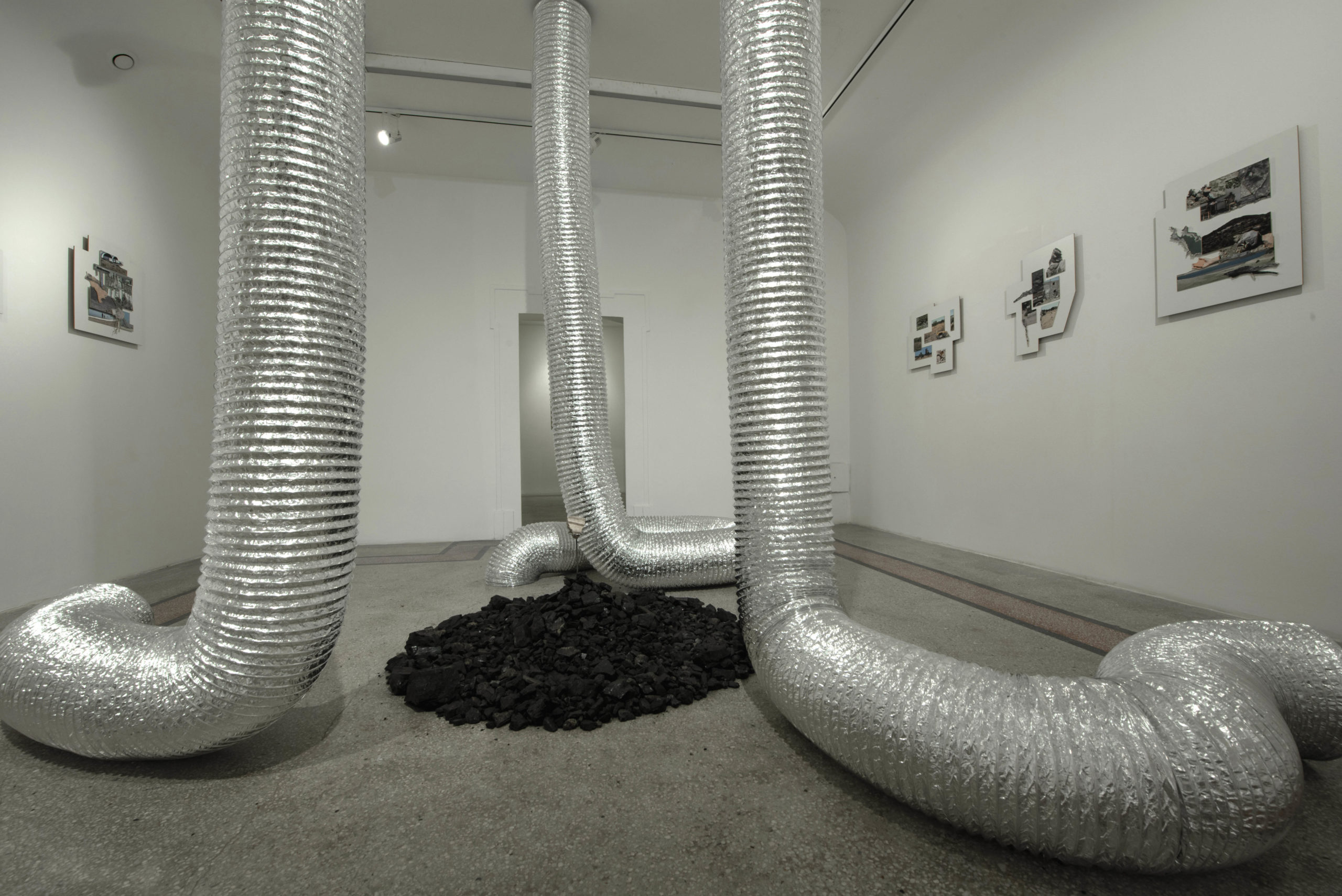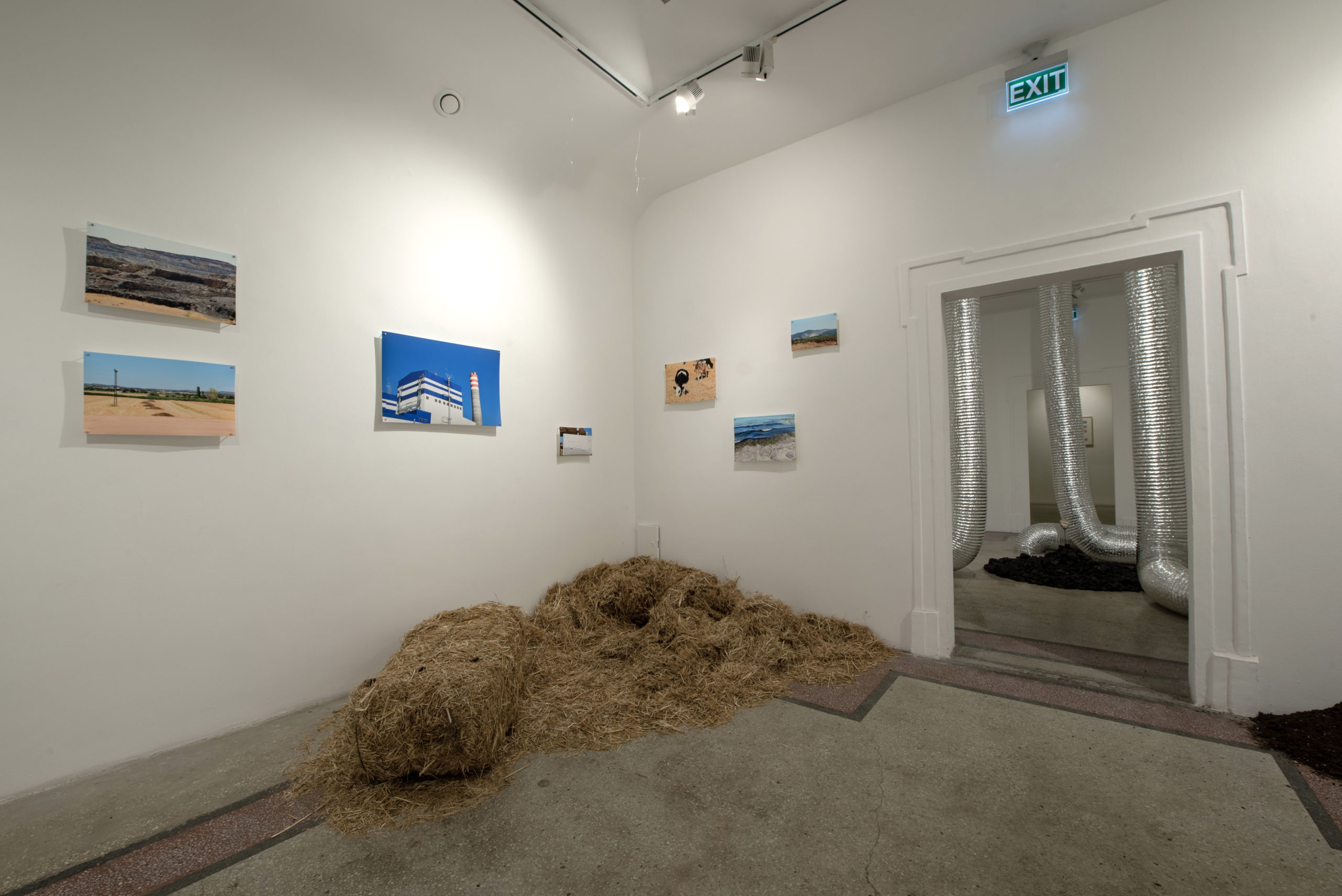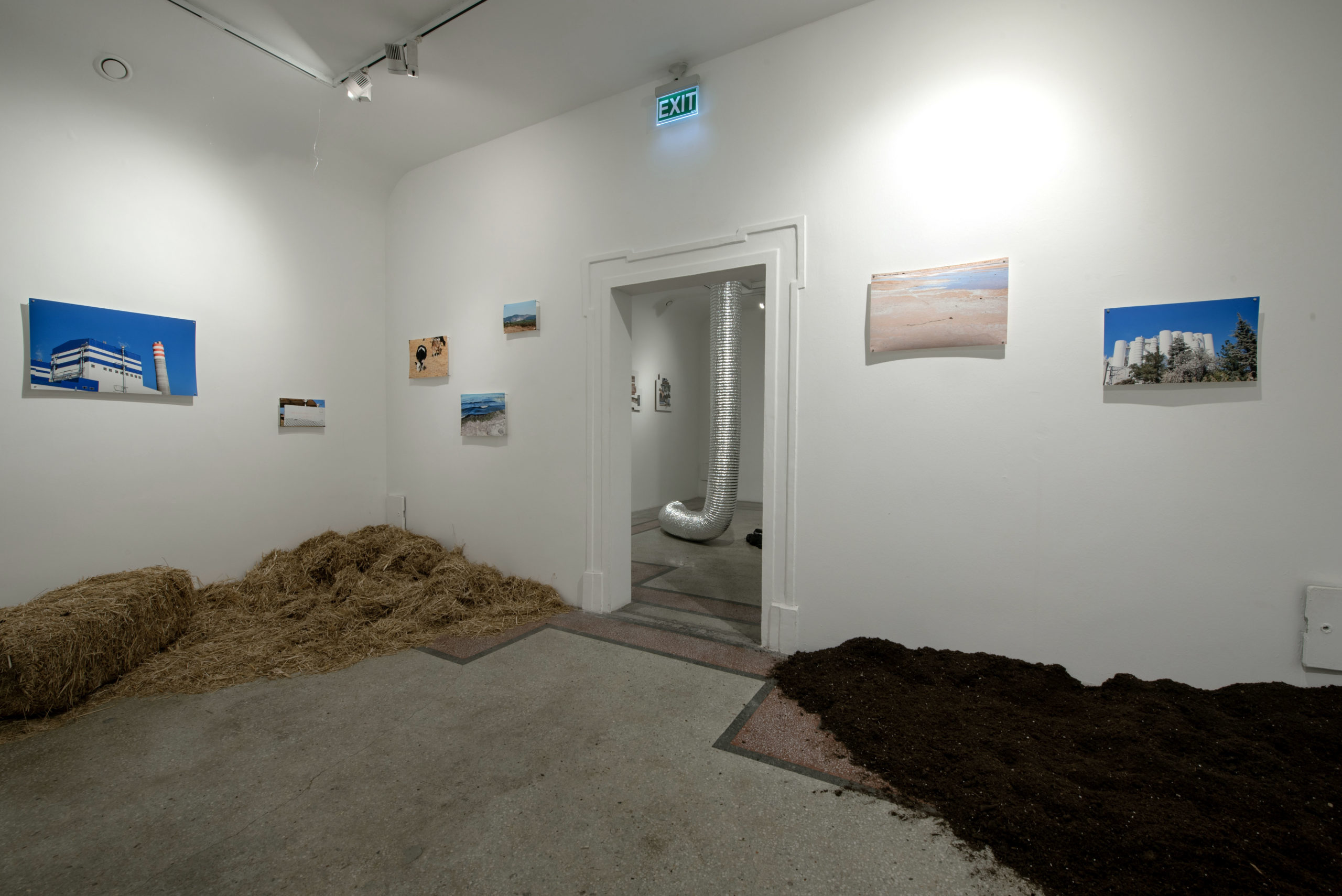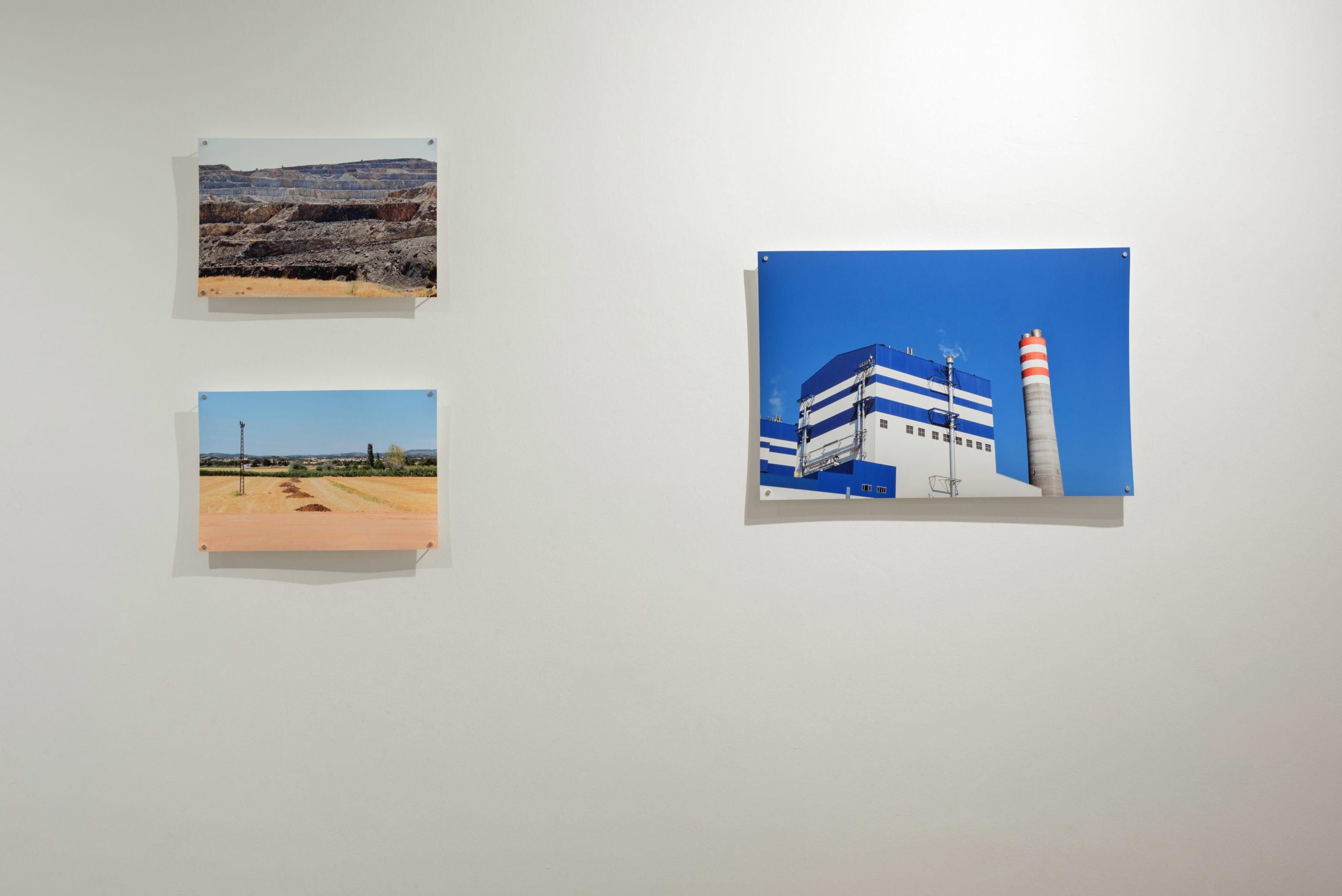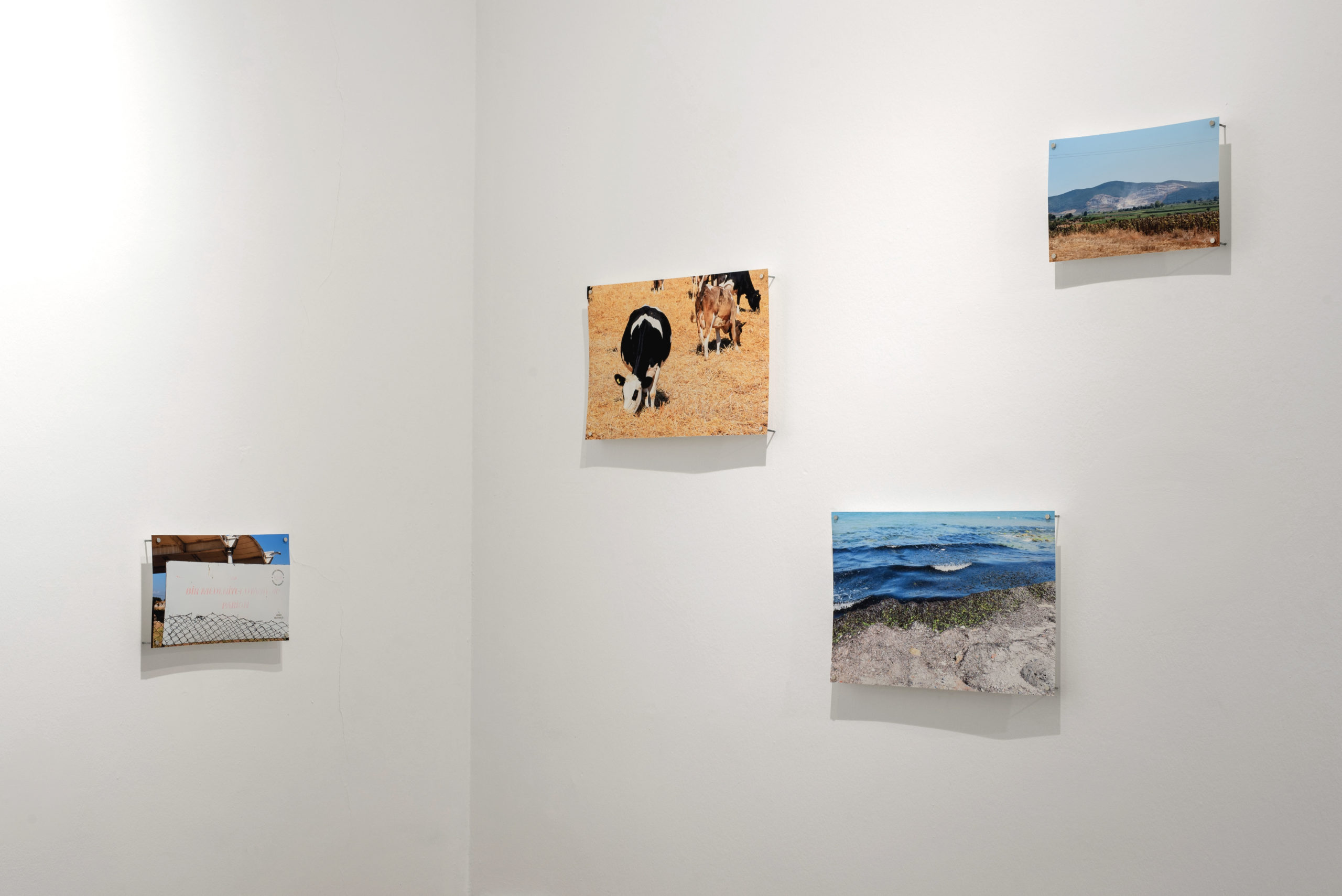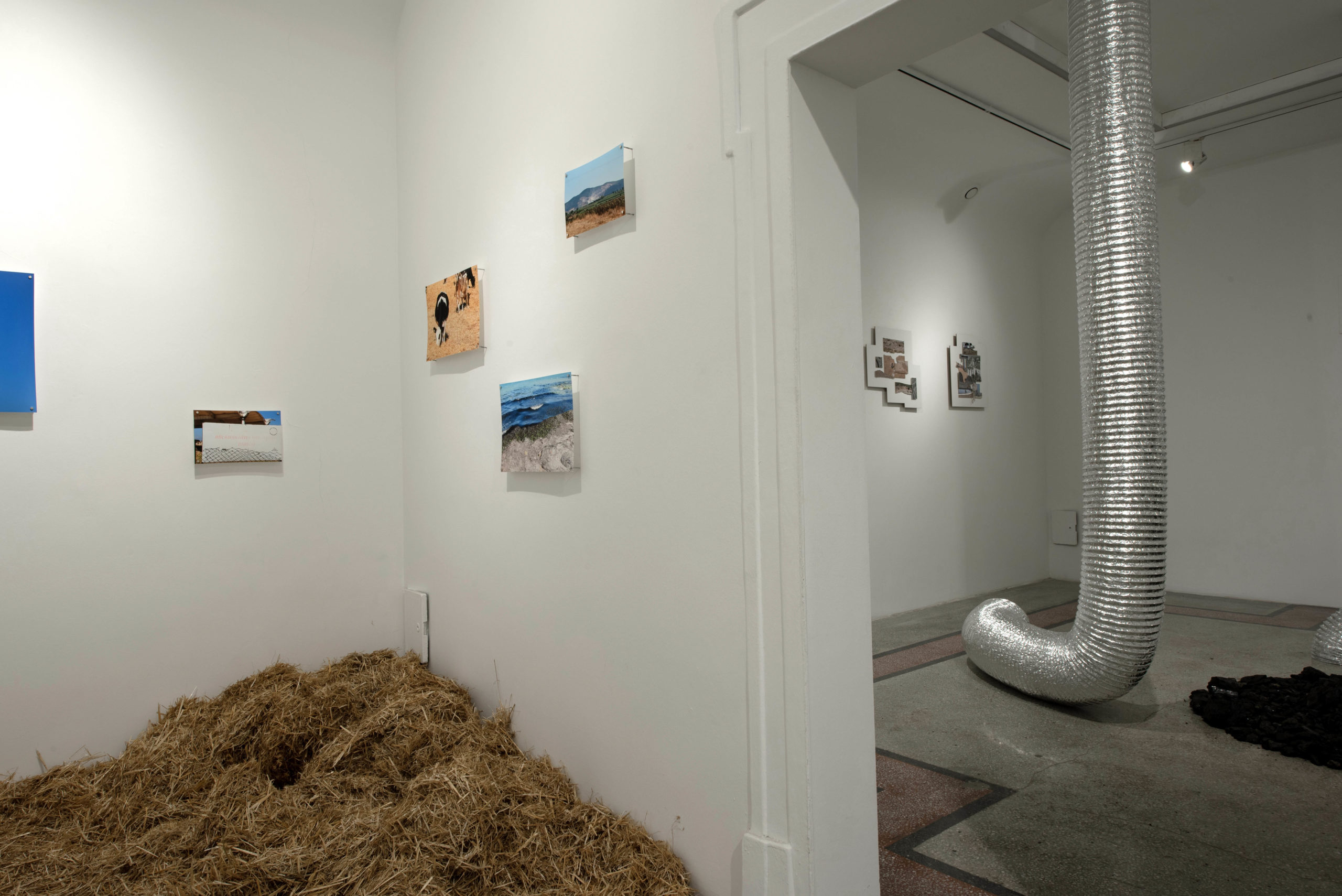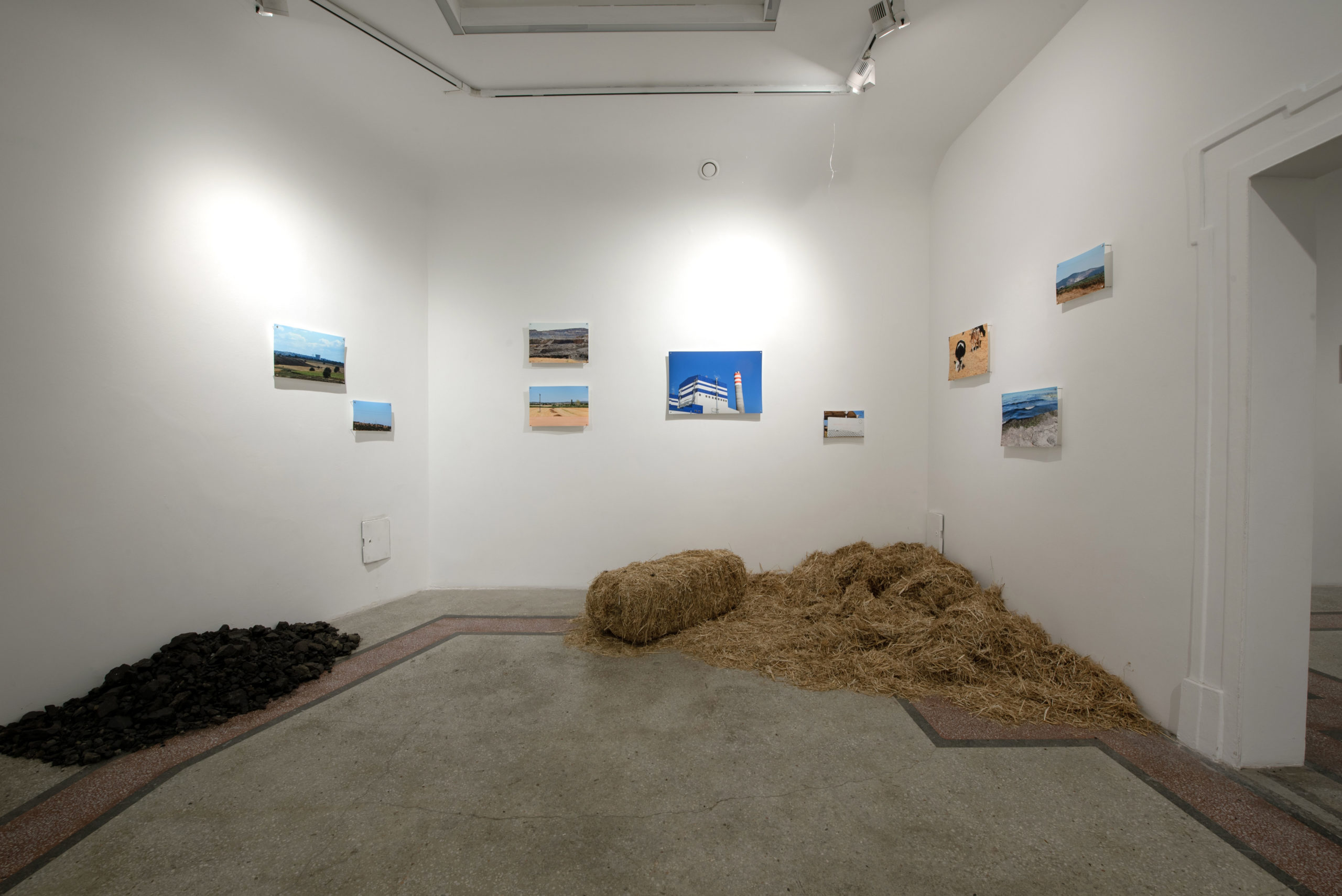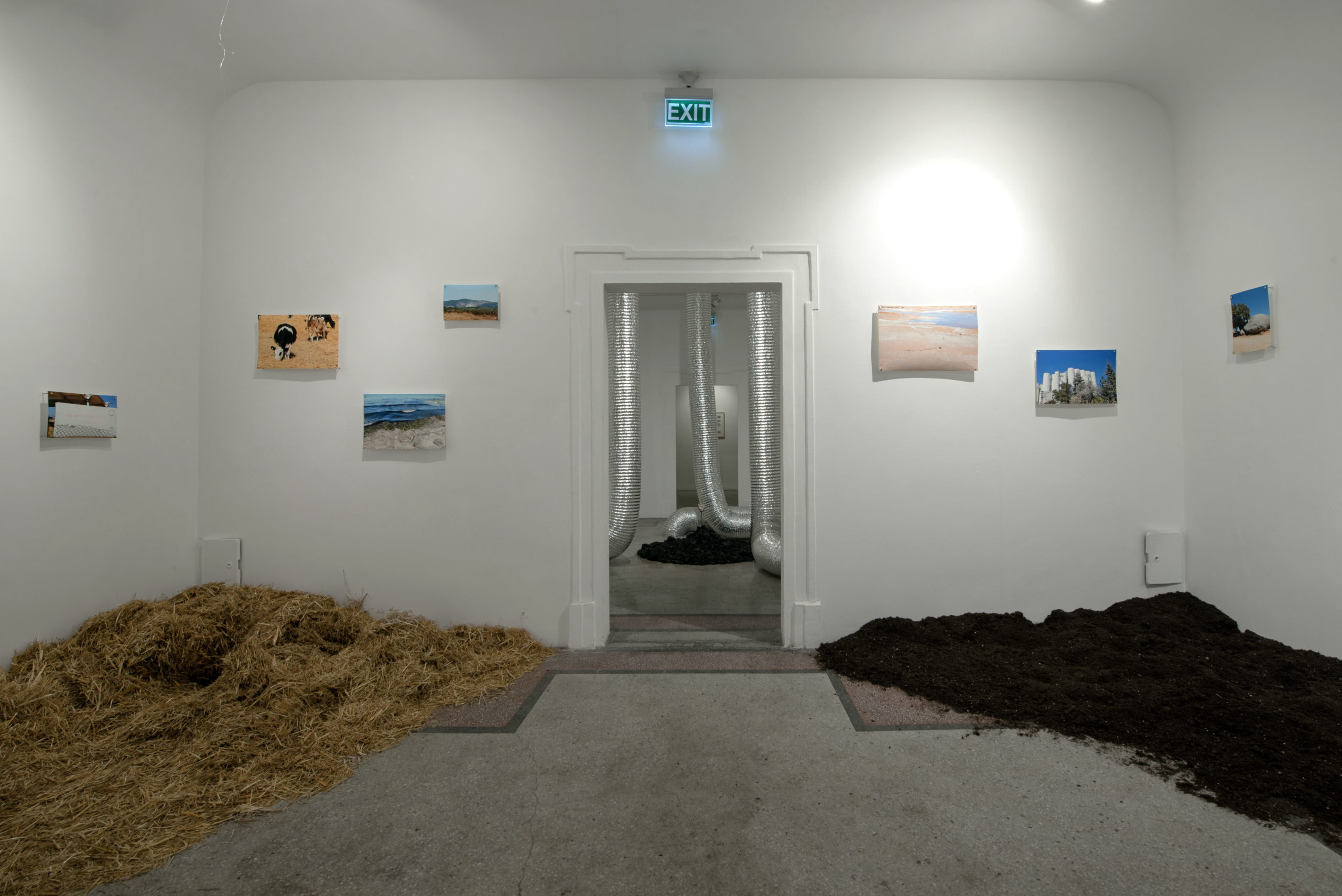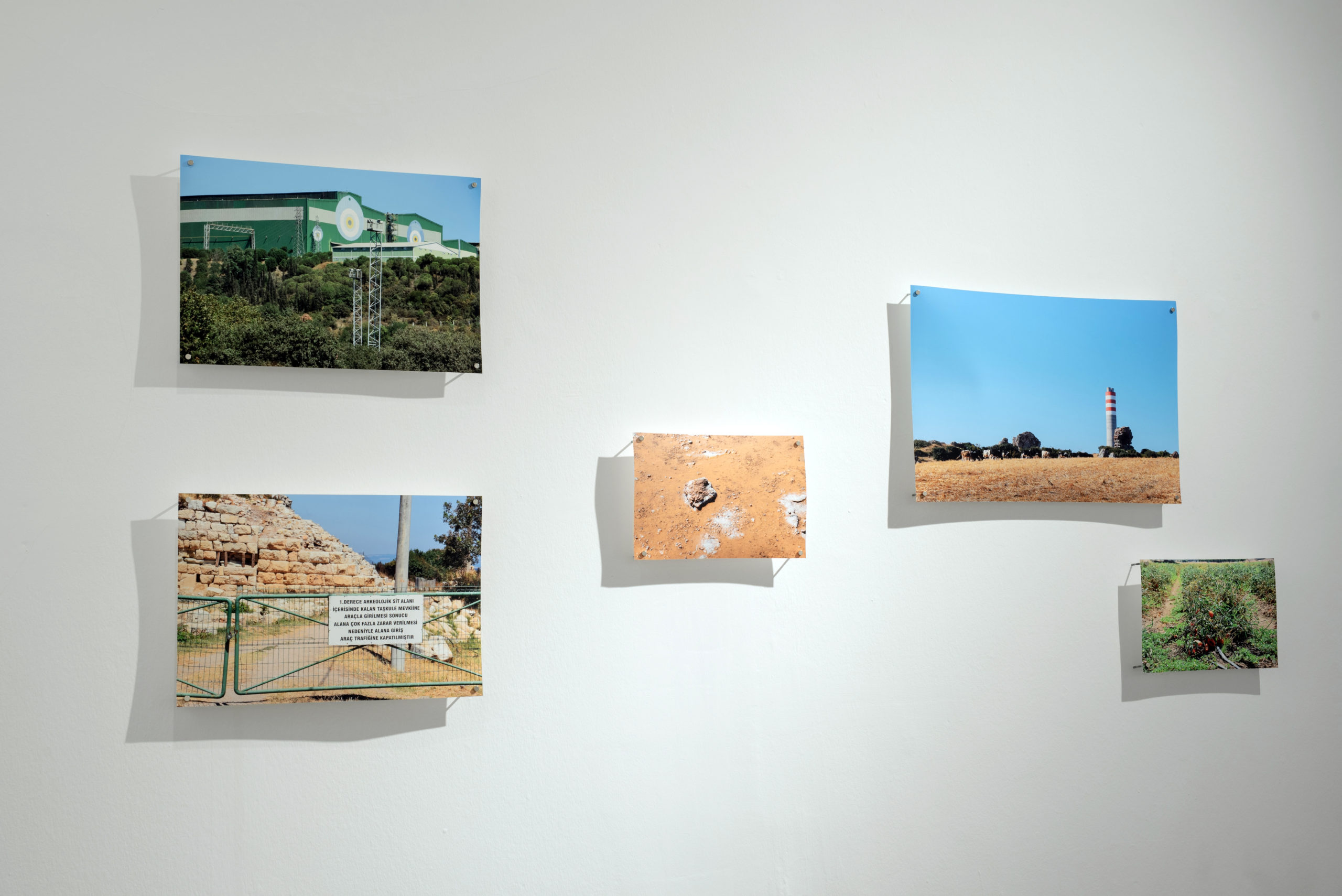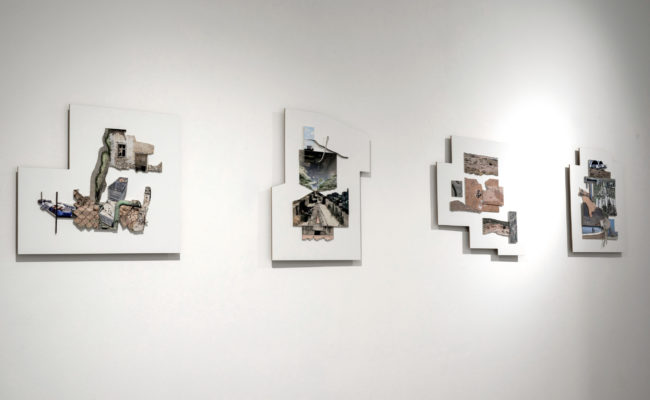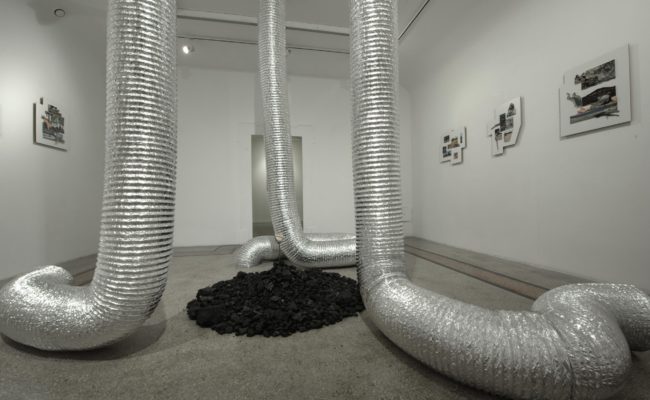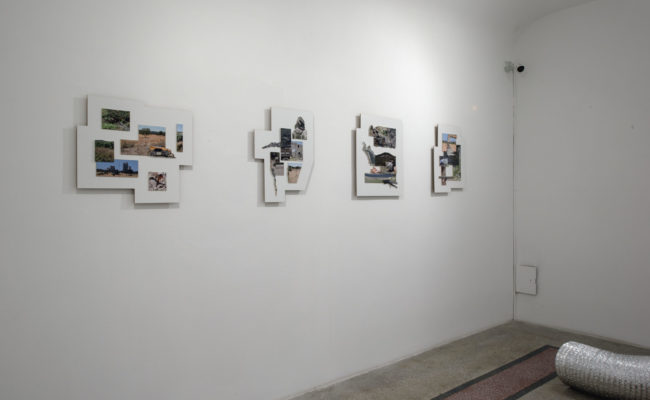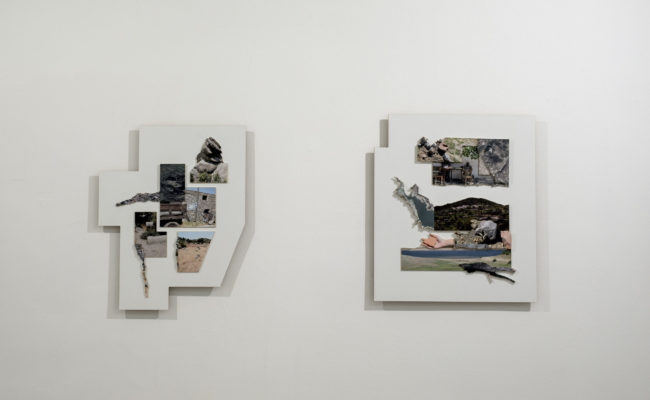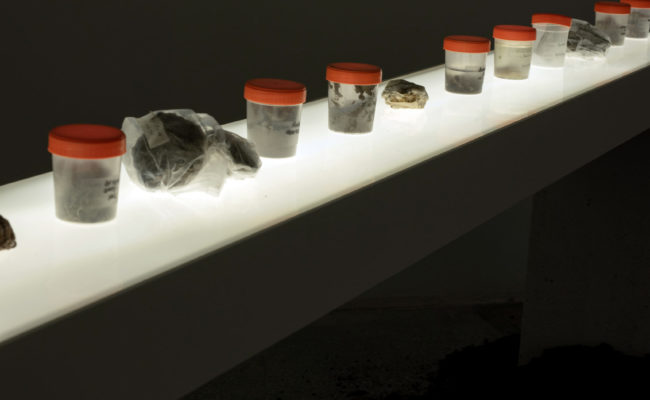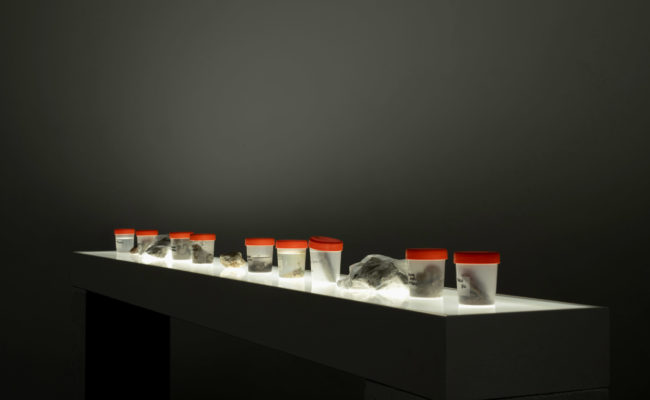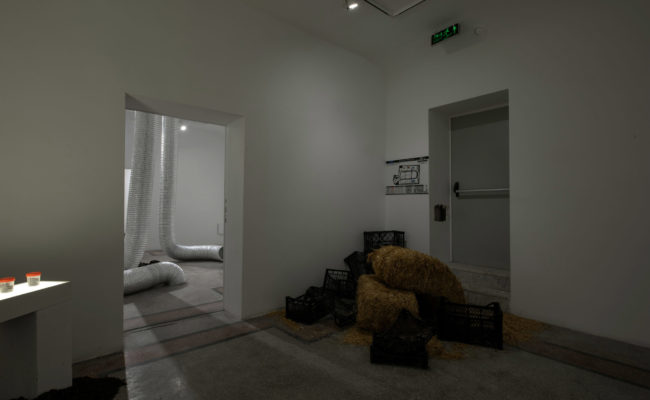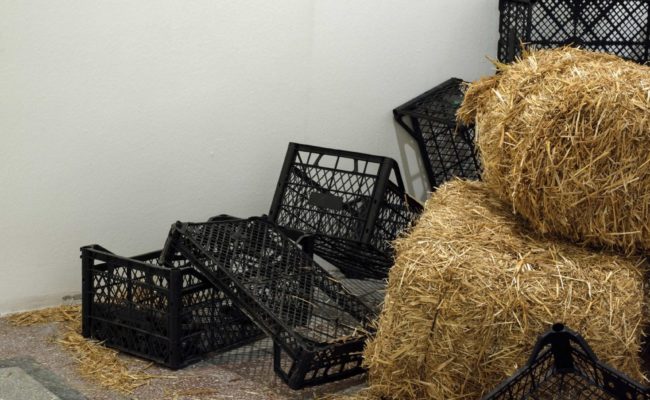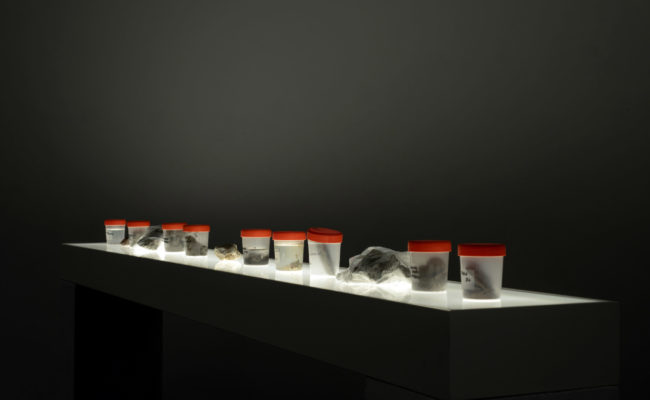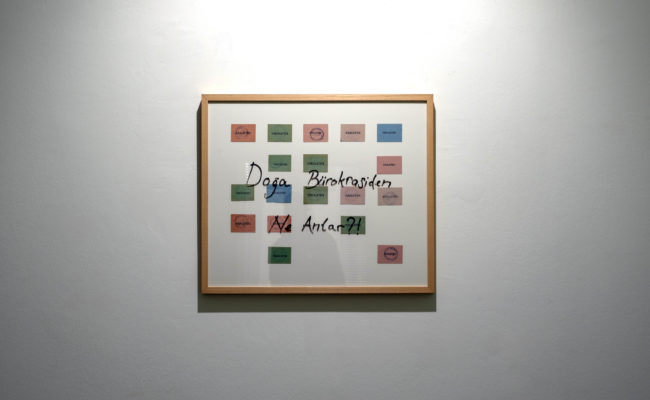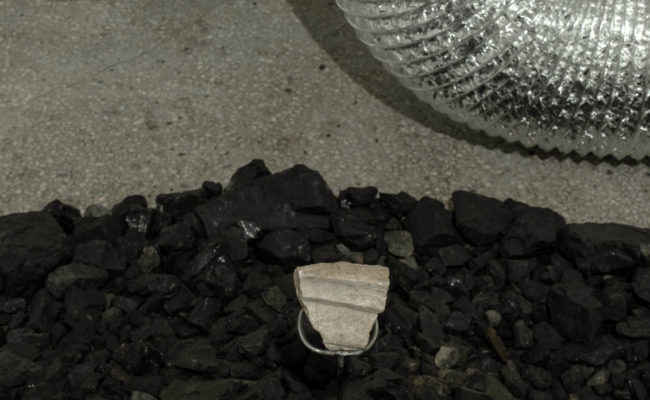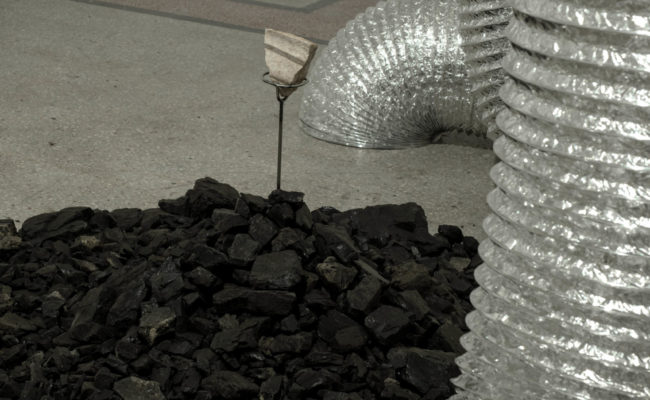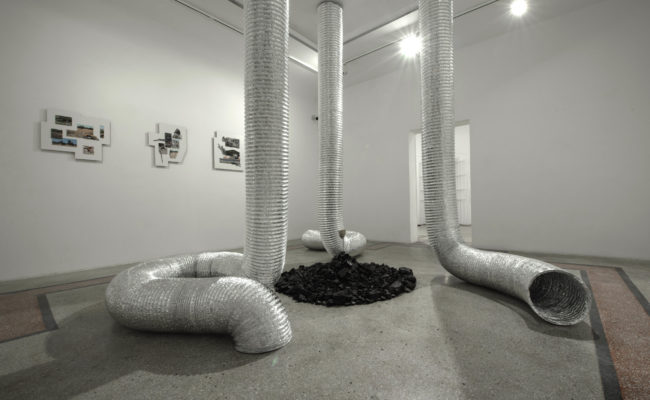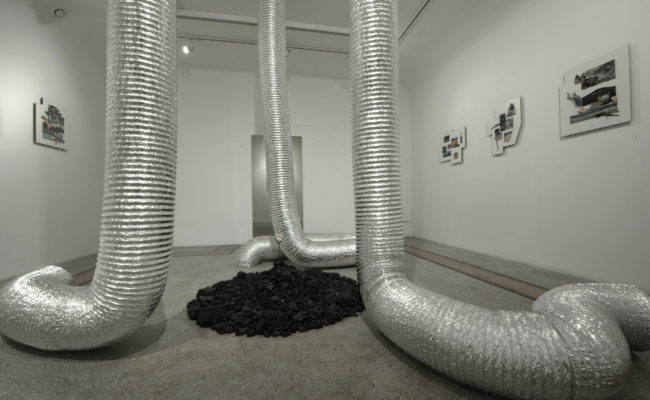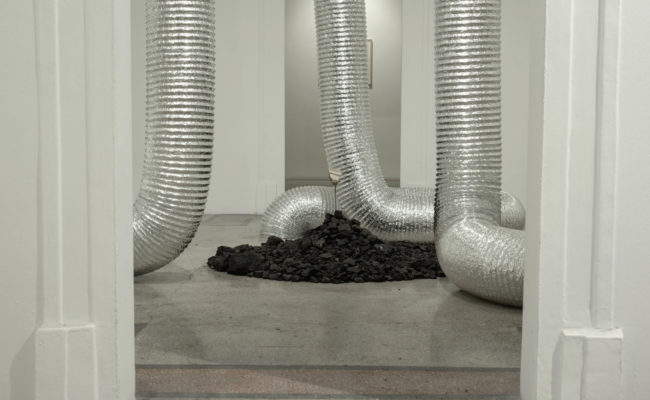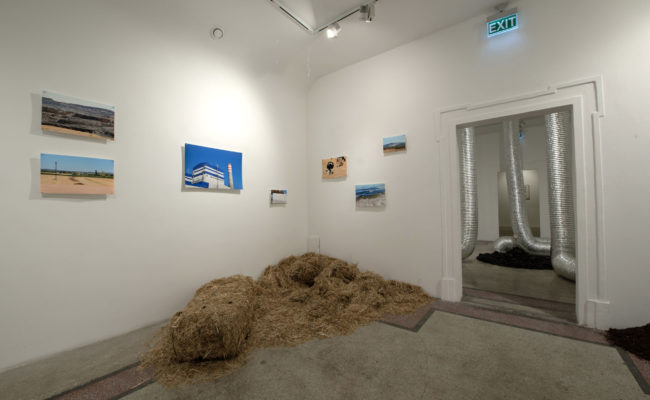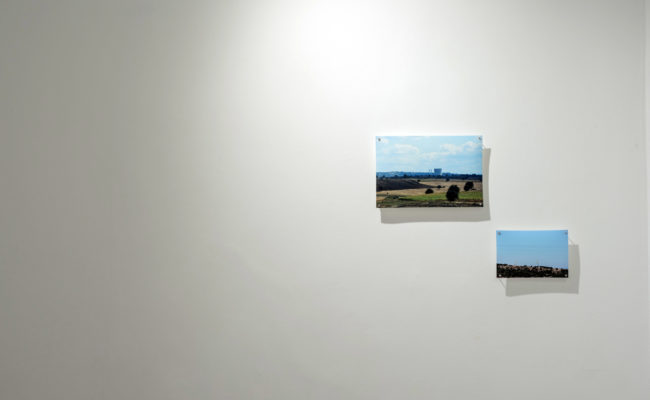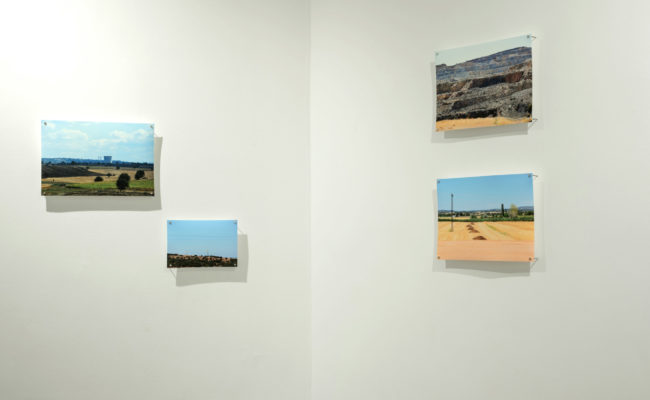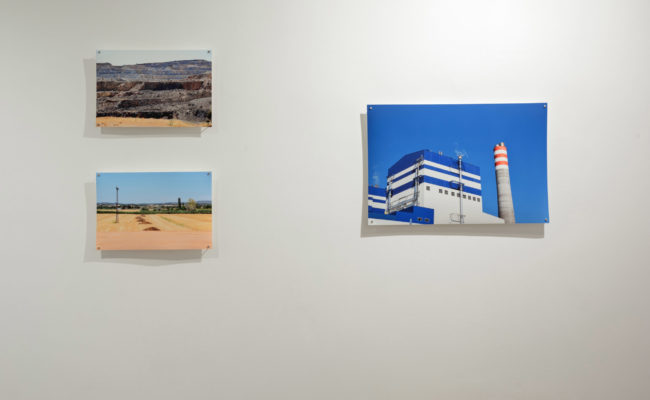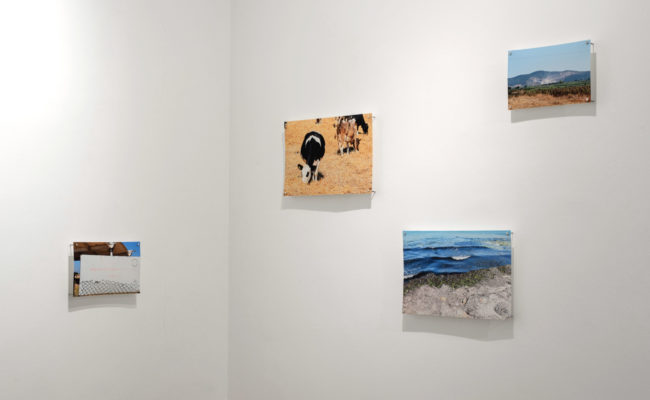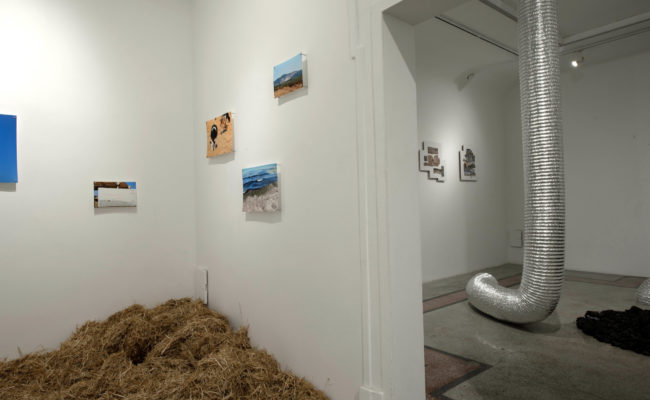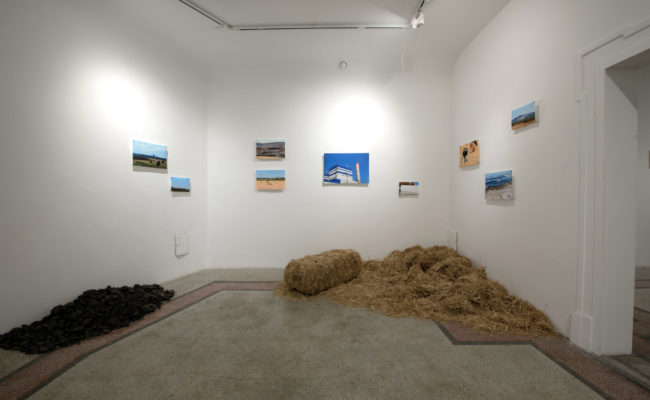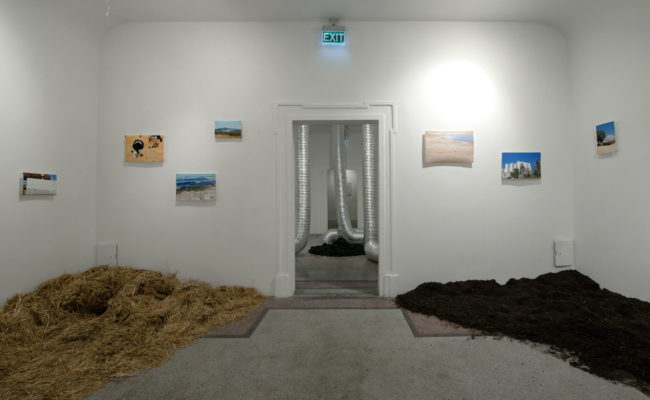ab+ Arek Qadrra & Berka Beste Kopuz
Humanity has lived most of its history as an agricultural society. Indigenous peoples fed on the crops grown in the fields, and protected themselves from the elements with meat, milk, animal power and raw materials such as flax, wool and cotton. Systems developed to manage waterways and resources paved the way for high-capacity agriculture and larger communities. By starting to cut down forests and build fires, energy was used for heating and cooking. At the same time, the human population gradually increased. Raw materials were processed into more robust structures and materials. While underground resources and minerals were mined and processed for centuries, the sun shaping life and the muscular energy of living creatures became the driving force for the solidarity of populations and the development of civilizations. Cultures developed cities, sacred monuments, administrative systems and transportation networks with the dynamic power of economic and political power relations, strategic locations, religious beliefs and social mobility. Man went deep into the earth to get the coal that shaped human civilization. While carbonized coal opened the door to a groundbreaking new era, the industrial revolution, it was coal factories and various underground treasures that ultimately created the modern world. Meanwhile, the exploitation of human labor legitimized the exploitation of human beings on the basis of the masses, similar to the slavery of ancient times, under the system called capitalism. At the same time, machines have largely eliminated the primitive need for animal and human muscle power. Chemical drugs of all kinds, which have had various effects on all organisms on earth, are causing fluctuations in the natural structures and cycles of the earth.
A planetary metabolism has evolved through cycles and balances in the evolutionary process. Today, it has become even more important to think about the ecological balance that nature and human beings will maintain by adapting to new factors and through action-response. The raging hunger for resources and the production-consumption chain in the industrialized world is driving the vital networks present in the world's natural system into the realm of unfamiliar and uncertain threats. If ecology is a field of struggle of ethical, historical, legal and psychological interactions as well as natural systems and vital cycles, it is most important to put on the agenda the functioning of an active metabolism to be maintained in common with non-human living beings.
Arek Qadrra and Berka Beste Kopuz, examine the vital metabolism of natural and human systems that have persisted for centuries in ancient and fertile lands. The duo sets out by researching the mythologies, histories and geographical structures of fertile regions that host various civilizations and natural species.The project starts with an experimental mapping process in the first step; arid dams; ancient cities facing extinction, deserted rural areas; indigenous peoples struggling with pollution of natural resources, mining companies and energy projects such as HES-JES; agriculture and animal husbandry facing drought, migration, industrial pesticides appear as concrete examples of some of the typical problems experienced in the Anthropocene era. All these situations are undoubtedly being experienced and observed in similar scenarios on micro-macro scales in different geographies of the world ravaged by the capitalist consumption cycle.
After their visits and observations in various areas, the duo asks questions about the current situations in an artistic language, with an emphasis on the life struggles of indigenous peoples against displacement, global energy production-consumption problems, natural resources and urbanization, as well as thinking about the metabolic processes of any possible region. What does the balance of ecology look like? What are the elements that make up the concept of ecology? To what extent do natural and human factors affect the balance of water, soil, air and certain natural resources to sustain life? What is the relationship between metabolism and life from a geological, anthropological and interdisciplinary perspective?
This work, in which the artists take action from a specific time and a specific location as a starting point, sets out with the belief that fertile interactions will emerge as we endeavor to read the metabolic maps of various communities, disciplines and similar processes that we are not at all unfamiliar with.
(The field trips in this project were carried out within the scope of the “!!!” open call of the sub.squ initiative.)






















